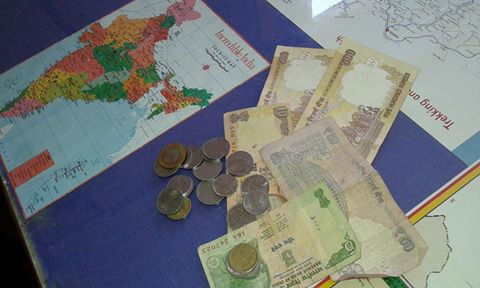News, News, News
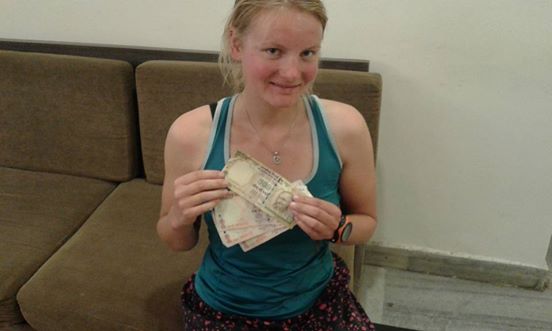
India in the fight against terrorism, black money and corruption
Last night I took the night bus from Manali to Delhi. As the bus stopped for dinner, I turned on my phone and I was flooded by the news: In the evening of November 8, 2016, the Prime Minister Modi announced sweeping measures to crack down corruption, terrorism and the black money market. Within a few hours at midnight of November 9, 2016, the common 500 Rs and 1000 Rs notes are indisputable and worth no more than plain paper.
Banknotes become worthless paper
ATMs and banks are closed for two days, only from November 10th onwards one can withdraw the new 500 Rs and 2000 Rs in very limited quantities. So far, the 500 Rs (approx. 8 Euro) and the 1000 Rs notes were the largest currency units. The 2000 rupee note is a novelty and makes sense. The new banknotes will also look very different. I’m excited.
Prime Minister Modi takes a big step
Well, I think it’s an important step in the right direction, but how will I survive tomorrow in Delhi without money? Cashless payment is still not very common in India. Doubtful I fall asleep on the bus and wake up the next day in Delhi.
Personal difficulties
After arriving early morning in Delhi, I firts go to the metro. My metro ticket is still loaded with some money, so at least I get to the city center. I have a look in my pocket: I still have three 1000 rupee notes and one Rs 500 note with me. Additionally I have few 5 rupees coins and two 50 rupees notes.
The coins and smaller notes up to 100 rupees are still usuable and one can continue to pay with it. I don’t get far with the 110 Rs. A taxi or rickshaw ride costs significantly more. So the Metro it is. In fact, it’s almost a luck that I’m in Delhi. Because Delhi is modern and credit cards are accepted. Cashless payment is not a problem here, as much as in other places in india. I am very happy to be able to top up my Metro card with my credit card. The journey to the airport is therefore secured.
Then I go to a better South Indian restaurant, from which I know, that they accept credit cards. Even in the malls and cafes everything goes with cashless payment.
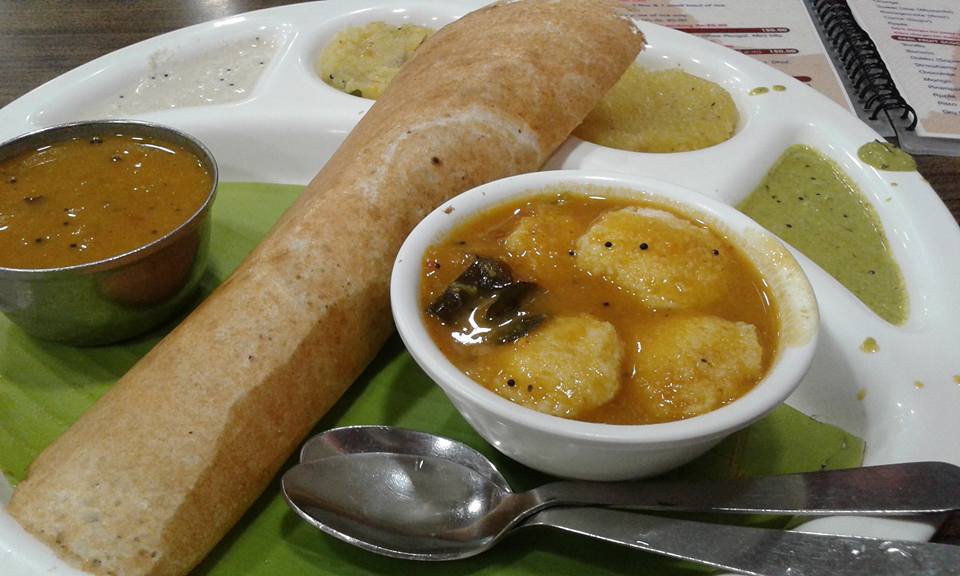
What is not possible in Delhi right now, are small things, such as eating at street stalls, buying fresh fruit or vegetables, or simply a water bottle at the next corner.
It’s the poor, who suffer most right now. The once with the small businesses, the once without a bank account (and there are many in India).
Regulations and information for Indians and Foreign tourists
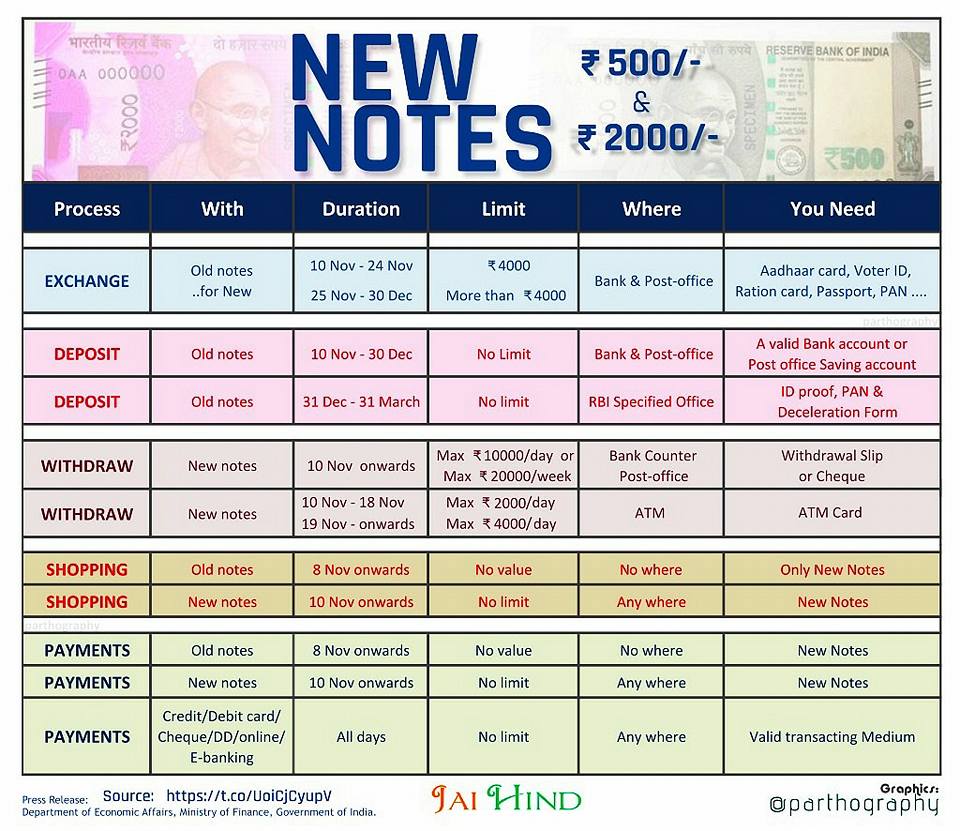
Cash will remain severely limited in the next few weeks. From the bank you get no more than Rs 10000 per day and Rs 20000 a week. At the ATMs you can only withdraw Rs 2000 (about 30 Euros) and Rs 4000.
Especially accommodations, restaurants and shops at backpacker places only accept cash. If you are planning a trip to India in the next few weeks, you should take Euros or dollars with you.
State buses, trains and flights can still be paid for with the old banknotes until 10.11. This is also possible in hospitals and pharmacies.
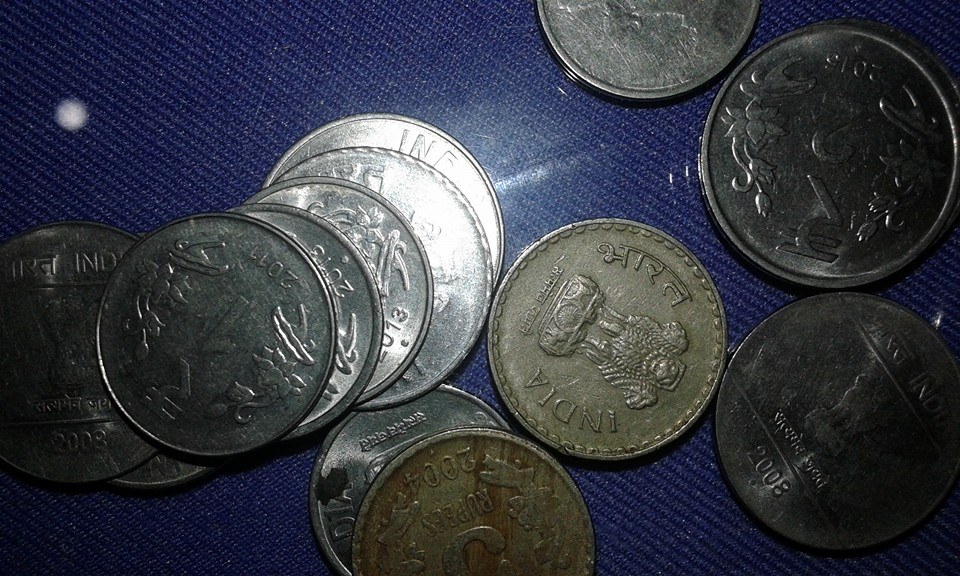
I am myself in a restaurant in the backpacker district Pahar Ganj- Here I was assured that I can still pay for my dinner with my old banknotes, but otherwise it is no longer possible. I just scratched the last rupees for an internet cafe and a sprite.
And why all this?
India is still high on the list of the most corrupt countries, and a lot of black cash is hoarded among the beds of civil servants and wealthy businessmen in India. Taxes are bypassed – usually at the expense of the little man. The money-washing industry in India is also in full swing.
The black money and the faked money were apparently used to finance terrorism in and against India.
Modi wants to stop all this and has therefore made the Indian rupee unruly within a few hours overnight. The new banknotes are said to be much more complex and difficult to fake.


